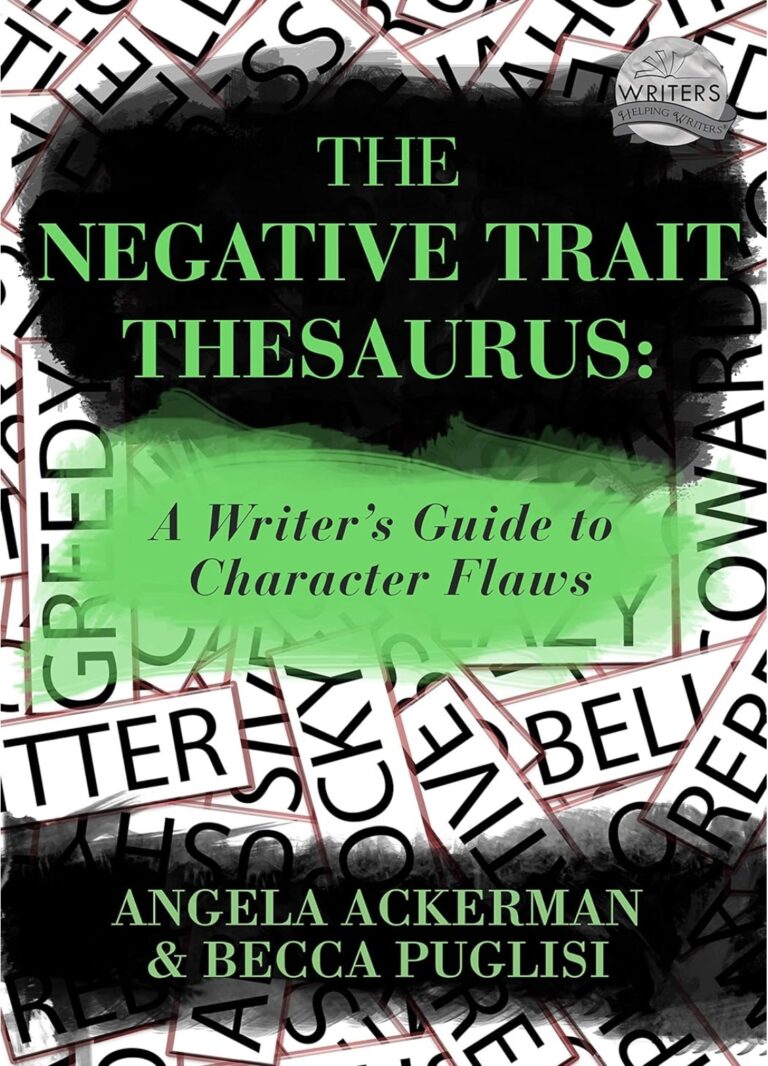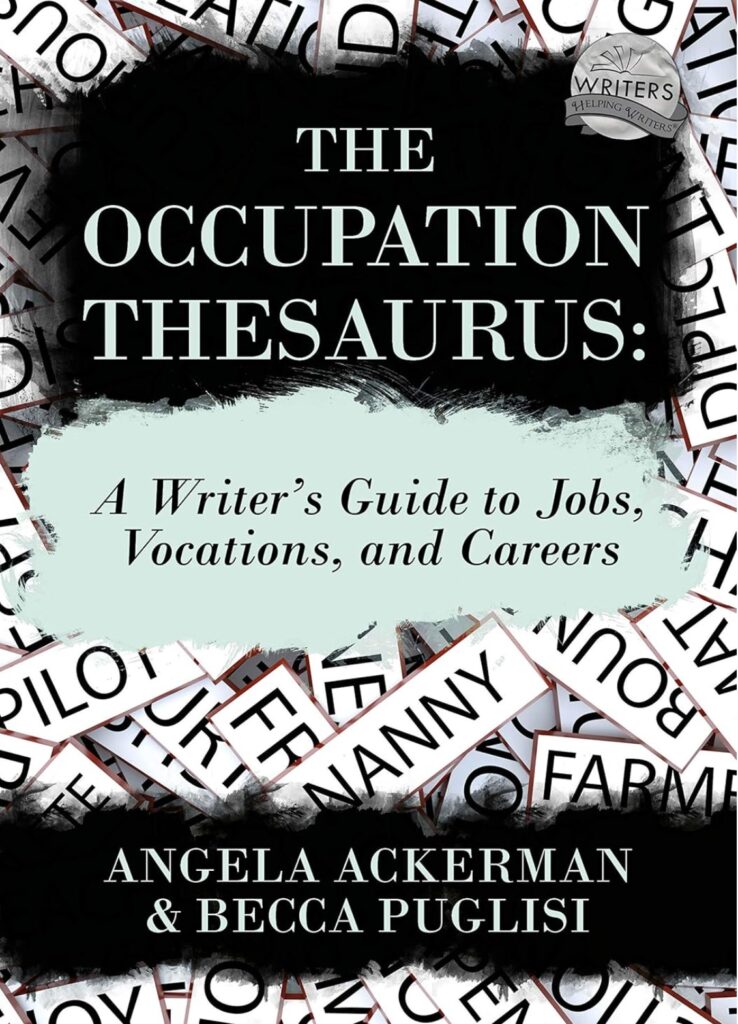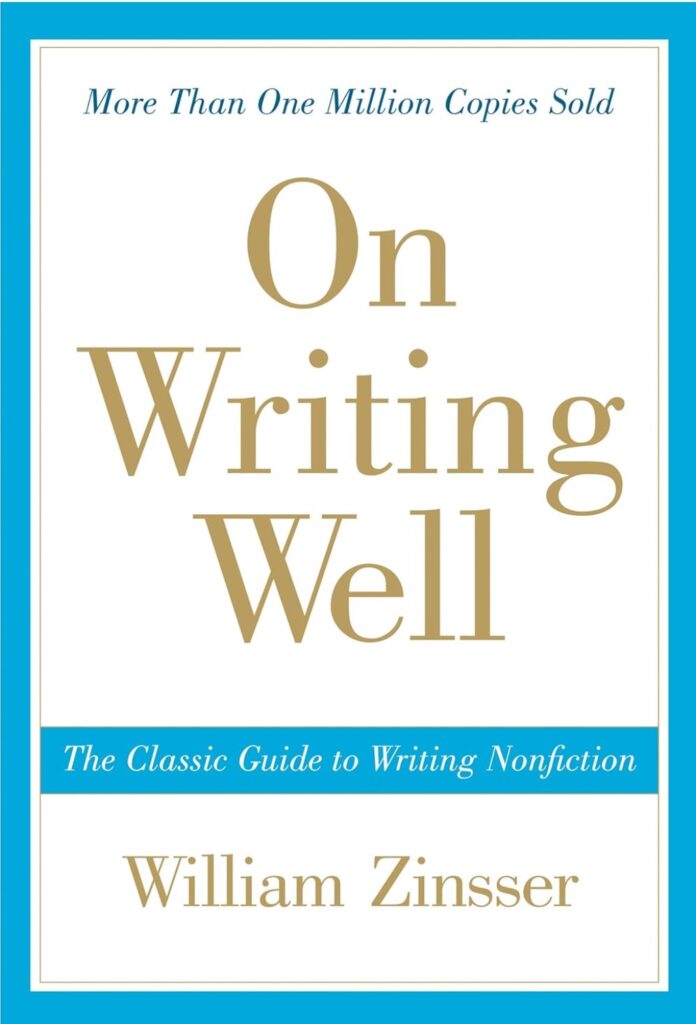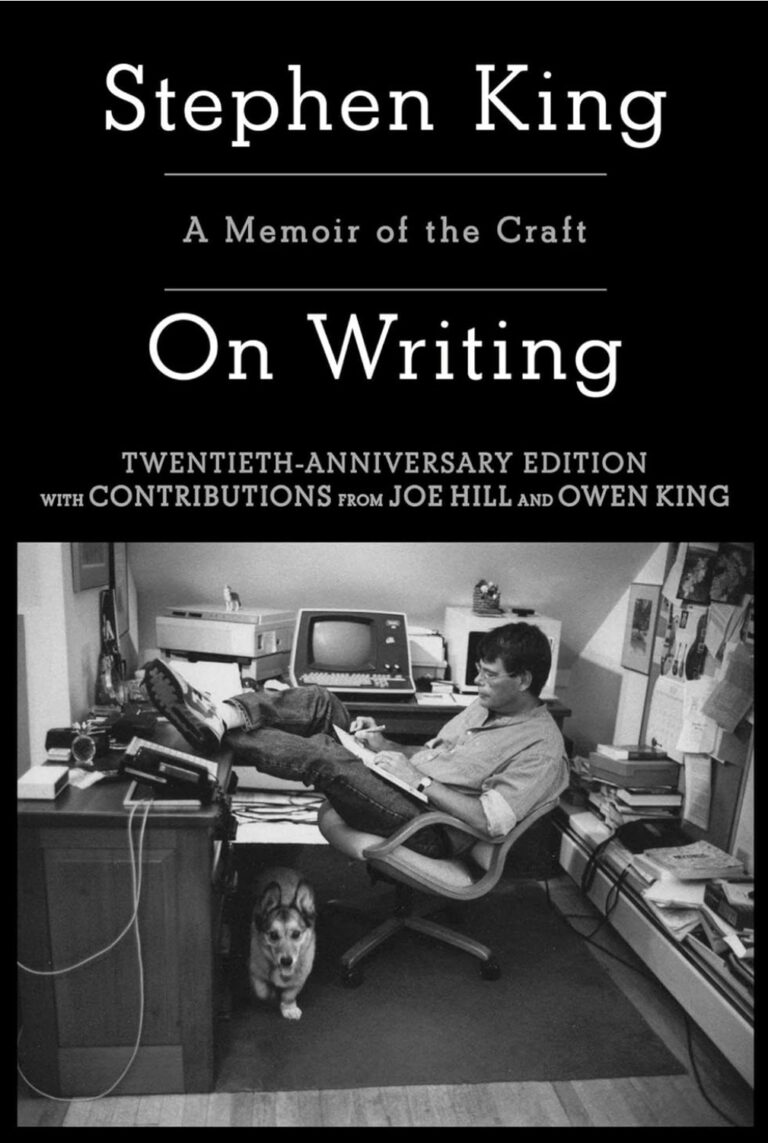As a romance author specializing in insta-love stories with aliens and paranormal creatures, I’m always looking for ways to refine my craft. How to Write a Novel Using the Snowflake Method by Randy Ingermanson has been a game-changer.
This book offers a structured, step-by-step approach to novel writing, helping writers develop their ideas into complete manuscripts. The Snowflake Method is both practical and accessible.
Discover how Ingermanson’s techniques can transform your writing, making your stories more engaging and well-structured. The Snowflake method can be adapted to a variety of genres, from sci-fi to romance to mystery and anything else.
Table of Contents
ToggleUnderstanding the Snowflake Method
The Concept of the Snowflake Method
In my experience, one of the most challenging aspects of writing a novel is organizing and expanding initial ideas into a cohesive plot.
The Snowflake Method, as described by Ingermanson, offers a clear and logical approach to this process. The method starts with a simple premise and gradually builds complexity, much like a snowflake growing in detail and intricacy.
I’ve read the book and used the Snowflake Method to outline a novella I wrote about a human falling in love with a vampire.
By starting with a single sentence summary and expanding it into a paragraph, then a page, and eventually a multi-page synopsis, I was able to flesh out the plot and characters systematically.
This approach not only helped me stay organized but also ensured that all elements of the story were well-developed and interconnected.
Step-by-Step Process
The Snowflake Method consists of ten steps, each designed to build on the previous one, helping writers develop their story incrementally.
Ingermanson provides detailed explanations and examples for each step, making the method accessible and easy to follow.
I’ve applied what I learned from the book to create a detailed outline for a story I wrote featuring a werewolf.
By following the ten steps, I was able to break down the writing process into smaller, manageable tasks.
This not only made the project less overwhelming but also allowed me to focus on each aspect of the story in depth, resulting in a more cohesive and polished manuscript.
Character Development
Creating Complex Characters
One of the standout features of the Snowflake Method is its focus on character development. Ingermanson emphasizes the importance of creating multi-dimensional characters with distinct goals, motivations, and conflicts.
This approach has been incredibly valuable in helping me develop more complex and relatable characters.
I’ve read the book and used its character development techniques to add depth to the protagonists in a novella I write about an alien diplomat.
By creating detailed character profiles and backstories, I was able to understand my characters’ motivations and how they would react to different situations.
This not only made the characters more believable but also added emotional depth to the story.
Character Arcs and Growth
Ingermanson also highlights the importance of character arcs and growth throughout the story. He provides practical tips on how to create dynamic characters who evolve in response to the plot’s events.
I’ve applied what I learned from the book to develop strong character arcs in a story I wrote about a ghost.
By mapping out the protagonist’s journey and identifying key moments of growth, I was able to create a more compelling and emotionally resonant narrative.
This approach not only enhanced the character development but also added layers of meaning to the story.
Plot and Structure
Building a Strong Plot
The Snowflake Method provides a structured approach to plot development, helping writers create a well-paced and engaging story.
Ingermanson’s method involves expanding the initial premise into a detailed outline, ensuring that all plot points are logically connected and contribute to the overall narrative.
I’ve read the book and used its plot development techniques to structure a novella I wrote about a minotaur.
By breaking down the plot into scenes and identifying key turning points, I was able to create a story with a clear beginning, middle, and end.
This not only improved the pacing but also kept readers engaged from start to finish.
Scene-by-Scene Outline
Ingermanson emphasizes the importance of creating a scene-by-scene outline to ensure that each part of the story contributes to the overall plot.
This detailed approach has been incredibly useful in helping me stay organized and maintain narrative coherence.
I’ve applied what I learned from the book to outline a story I wrote about a human and an alien.
By creating a scene-by-scene outline, I was able to ensure that each scene had a clear purpose and moved the plot forward.
This approach not only made the writing process more efficient but also resulted in a tighter and more engaging narrative.
Practical Writing Tips
Staying Motivated
One of the key challenges in writing a novel is maintaining motivation and momentum. Ingermanson offers practical tips on how to stay motivated and keep the writing process enjoyable.
I’ve read the book and used its motivational techniques to stay focused on a story I wrote featuring a ghost. By setting realistic writing goals and celebrating small milestones, I was able to maintain a positive attitude and stay committed to the project.
This approach not only helped me stay productive but also made the writing process more enjoyable.
Revising and Editing
Ingermanson also provides valuable advice on revising and editing, emphasizing the importance of polishing the manuscript to ensure it meets high standards of quality.
I’ve applied what I learned from the book to revise and edit a novella I write. By following Ingermanson’s revision techniques, I was able to identify and address weaknesses in the plot, characters, and writing style.
This thorough approach to revision ensured that the final manuscript was polished and ready for publication.
Final Thoughts
How to Write a Novel Using the Snowflake Method by Randy Ingermanson is an essential resource for any writer looking to develop their ideas into a complete manuscript.
The book’s step-by-step approach and practical advice provide a comprehensive guide to the novel-writing process, from initial concept to final draft.
I’ve personally tried and used the techniques from this book in numerous stories and articles, enhancing my writing and connecting more deeply with my readers.
For anyone writing romance, especially within the realms of supernatural and paranormal, this book is a valuable addition to your writer’s toolkit.
It not only helps in understanding and applying effective writing techniques but also in creating more engaging and impactful stories.
If you’re looking to elevate your writing and develop your ideas into a well-structured and compelling novel, I highly recommend How to Write a Novel Using the Snowflake Method.
It’s a resource that I return to time and time again, and it has become a cornerstone of my writing process.
Happy writing!




























